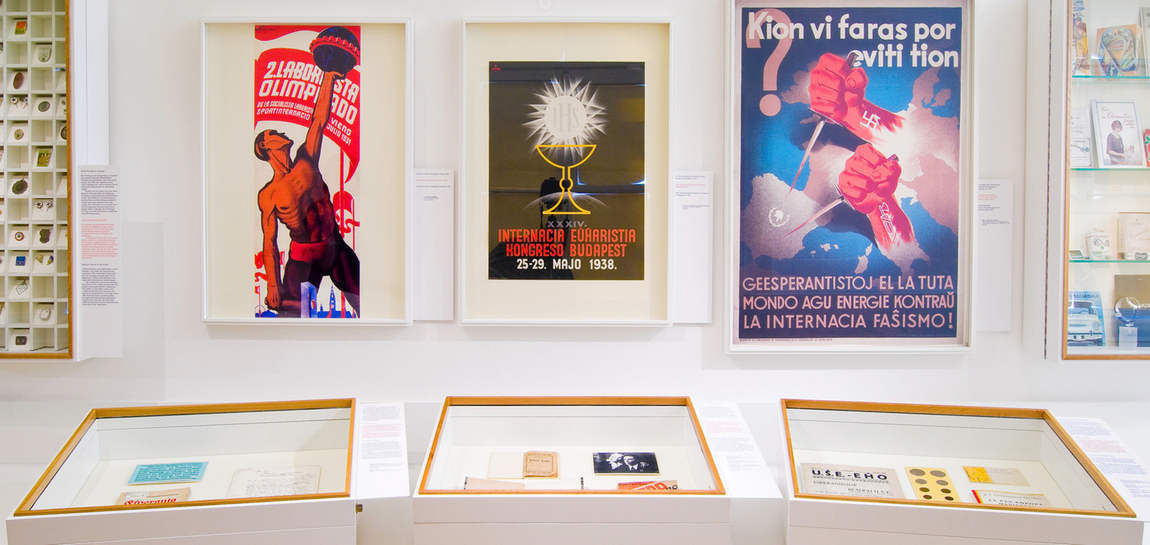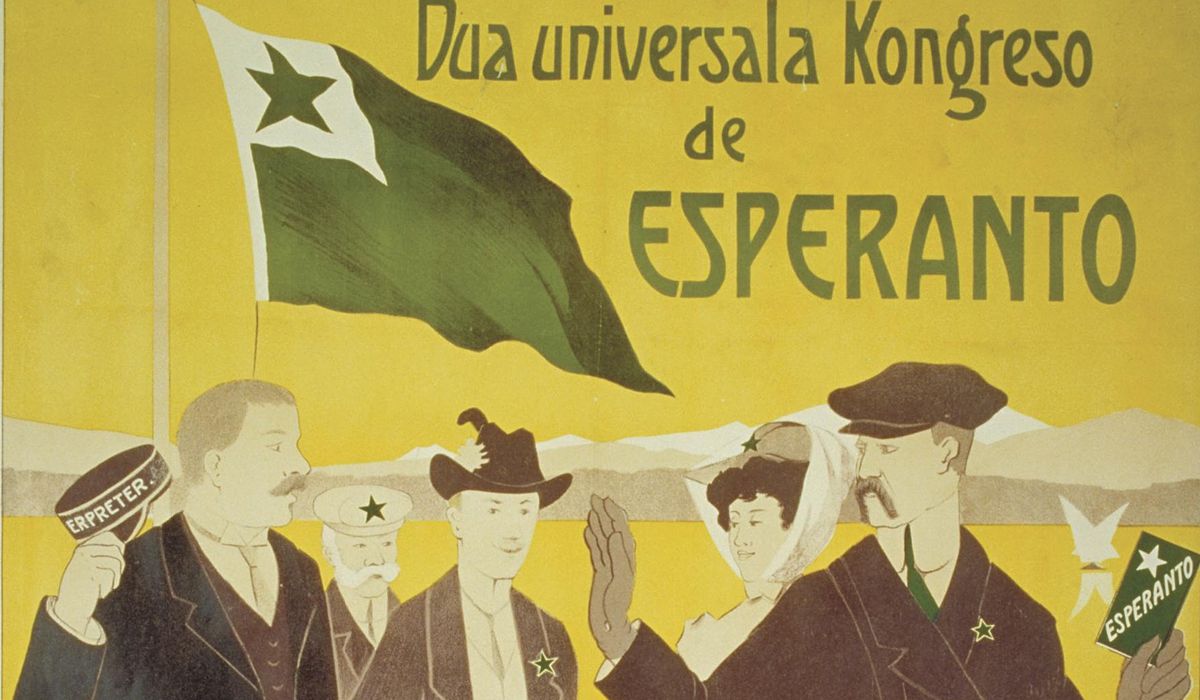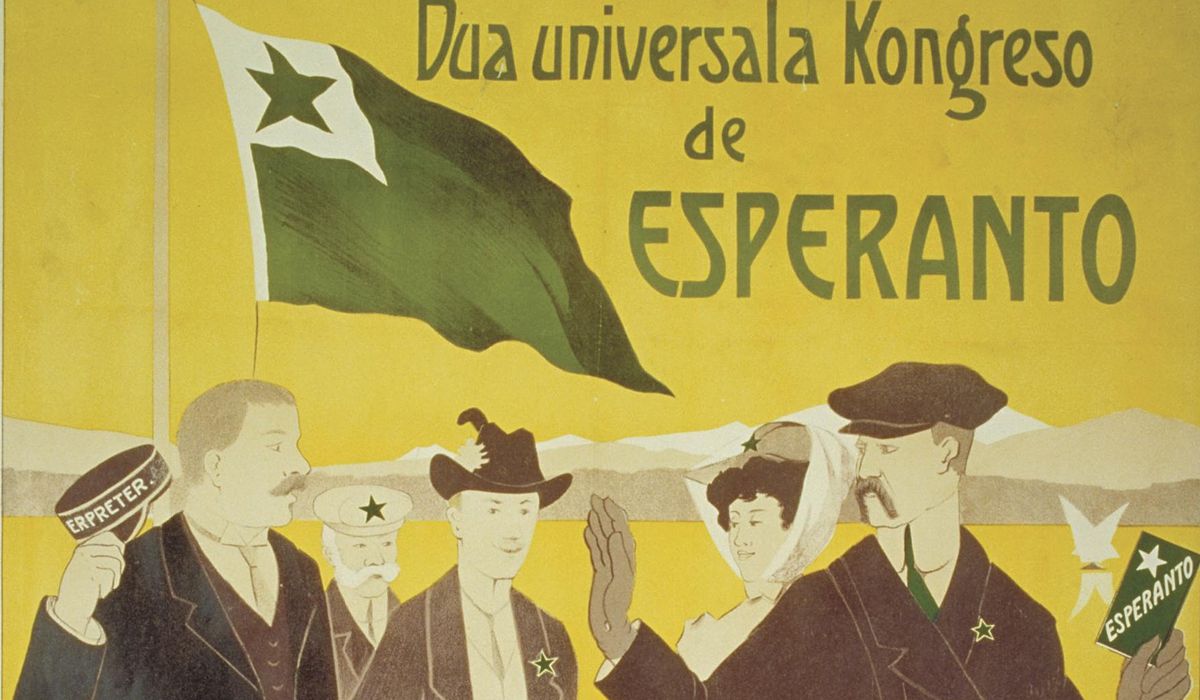«Saluton! Bonvenon! Mi invitas vin viziti min». These are the words you hear in one of Vienna's museums, and even a tourist can understand them — it's a greeting, but not in English. That's right: it's Esperanto, one of the artificial languages created to help people from different countries communicate. You can find out more about its history at the Esperanto Museum in Vienna. If your child doesn't like foreign languages, this tour of Vienna will be a blessing in disguise: someone thought about the difficulties of learning and created a language that is easy to learn.

Esperanto was developed in the 19th century by the physician and linguist Lazar Zamenhof. In 1887, his book "International Language" was published, describing the principles of the new language. Zamenhof published his work under the pseudonym "Doctor Esperanto" ("hopeful"). The pseudonym gave its name to Zamenhof's development. The first book about Esperanto is in the Vienna Museum. The Vienna Esperanto Museum also has a huge amount of literature in this artificial language, as its exhibits have been collected since 1927.
How much time should I spend learning Esperanto? According to researchers, no more than 150 hours — 10 times less than it takes to learn English. This simplicity can be explained by the fact that the artificial language is as simplified and standardised as possible. It has a very simple grammar and no exceptions. Esperanto is the easiest language for Europeans to learn because its vocabulary is based on Romance, Germanic and Slavic roots.
The exhibition at the International Esperanto Museum focuses not only on the language created by Zamenhof, but also on other artificial (or planned) languages. Fans of the Star Trek films and series will be delighted to see literature in Klingon, and to discover that the language has been developed to the point where it can be written and spoken. However, the pronunciation is not easy to master: the creator of Klingon borrowed words from the American Indians, whose speech sounds are not easily reproduced by a European. But you can listen to Klingon — multimedia presentations introduce visitors to various artificial languages.
The museum has information on 500 planned languages. Have you ever heard of Volapük, Interlingue, Ido or Novial? If not, the small Esperanto Museum will help you redefine the phrase "finding a common language". In the Mollar Klari Palace there is another exhibition, the Globe Museum. Be sure to visit it too.











